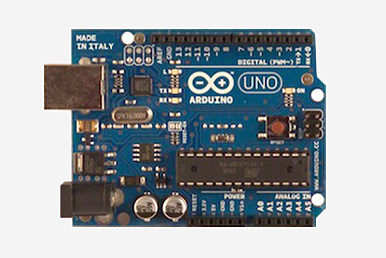
ARDUINO UNO
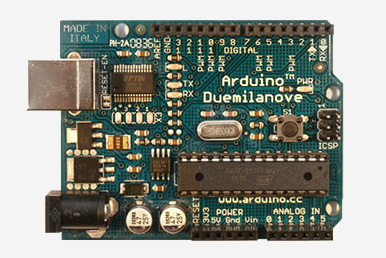
ARDUINO DUEMILANOVE
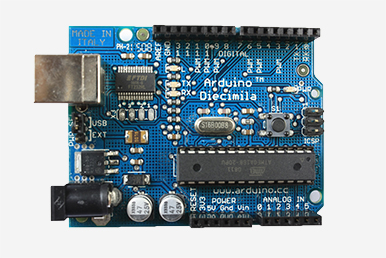
ARDUINO DIECIMILA
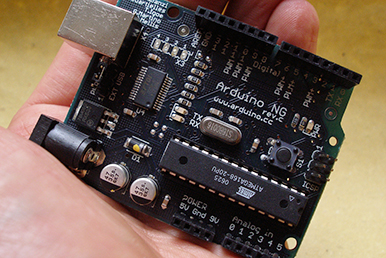
ARDUINO NG REV. C
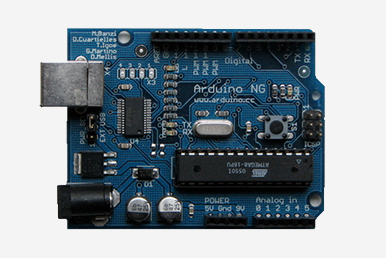
ARDUINO NG 240

ARDUINO EXTREME v2
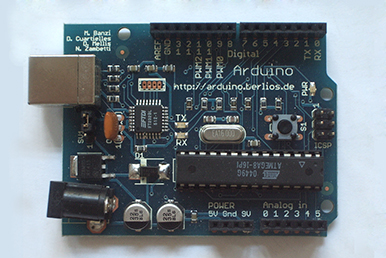
ARDUINO EXTREME

ARDUINO USB v2.0
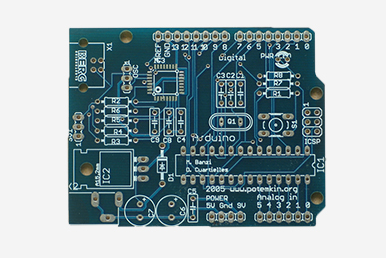
ARDUINO USB
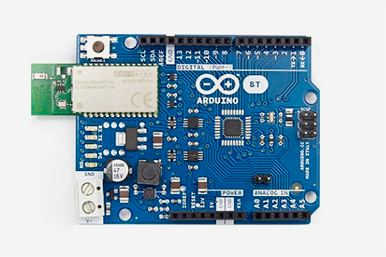
ARDUINO BT
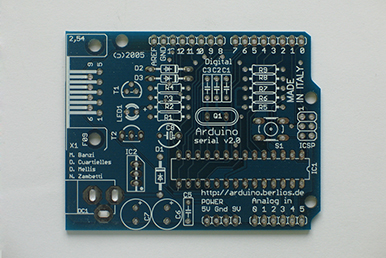
ARDUINO SERIAL v2.0

ARDUINO SERIAL
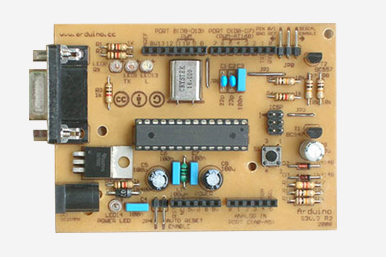
SEVERINO (S3V3)

ORIGINAL
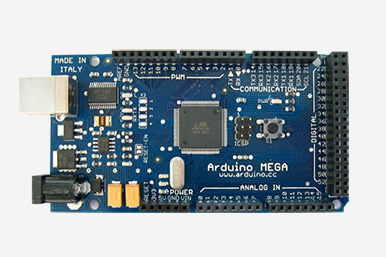
ARDUINO MEGA
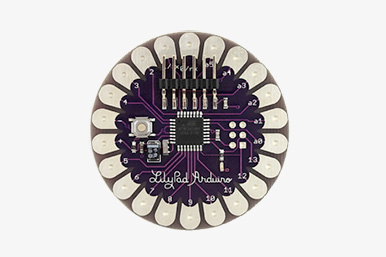
ARDUINO LILYPAD 03/04
This revision uses the ATmega328P instead of the ATmega168V. All other detials are identical to version 03.
LilyPad Arduino 03
This revision has a 6-pin programming header that's compatible with FTDI USB cables and the Sparkfun FTDI Basic Breakout. It adds support for automatic reset, allowing sketches to be uploaded without pressing the reset button on the board. The header is surface mounted, meaning that the board has no pokey bits sticking out the back.
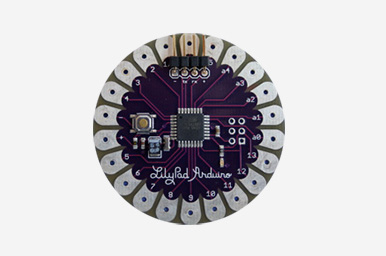
ARDUINO LILLYPAD 02
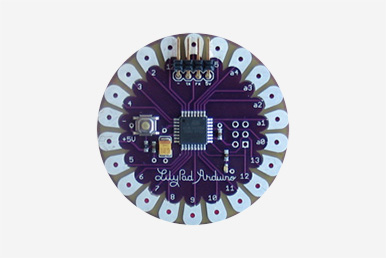
ARDUINO LILYPAD 01
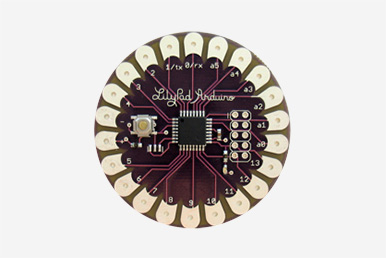
ARDUINO LILLYPAD 00
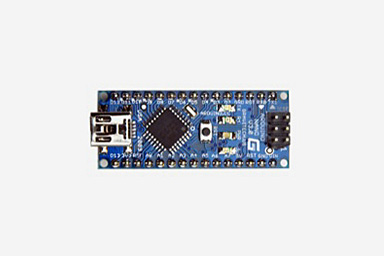
ARDUINO NANO 3.0

ARDUINO NANO 2.X
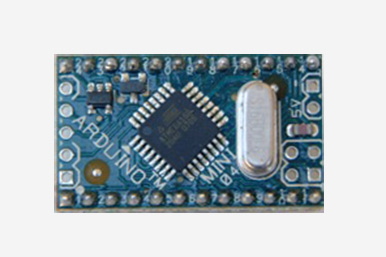
ARDUINO MINI 04
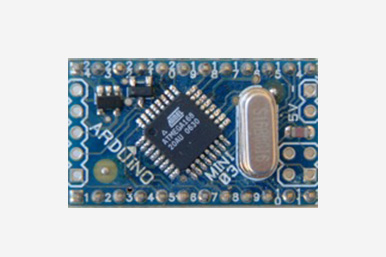
ARDUINO MINI 03
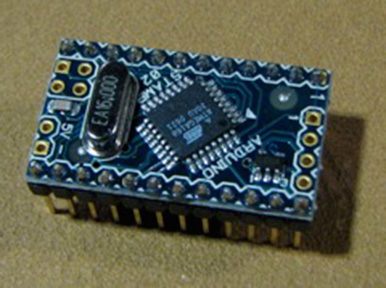
ARDUINO STAMP 02
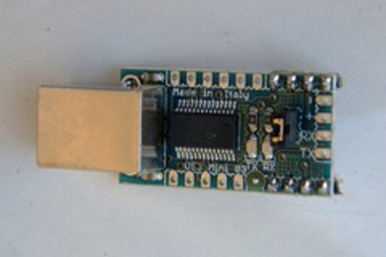
MINI USB ADAPTER 03

MINI USB ADAPTER
